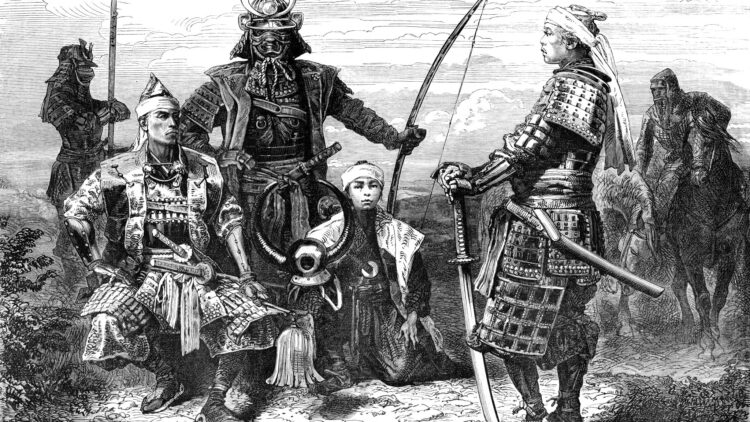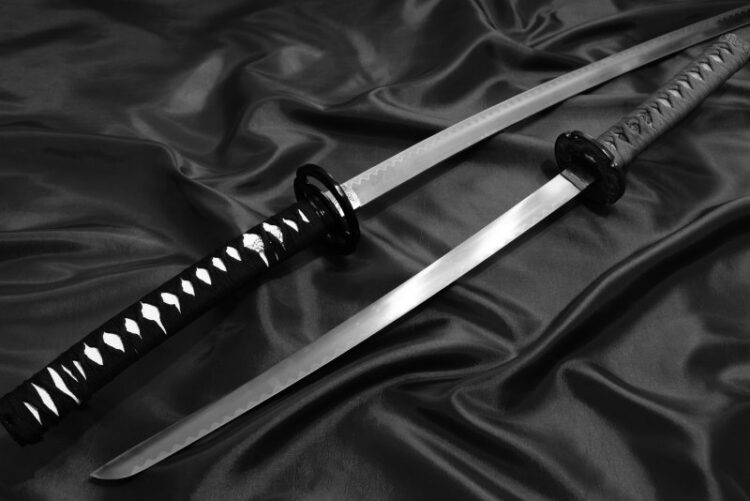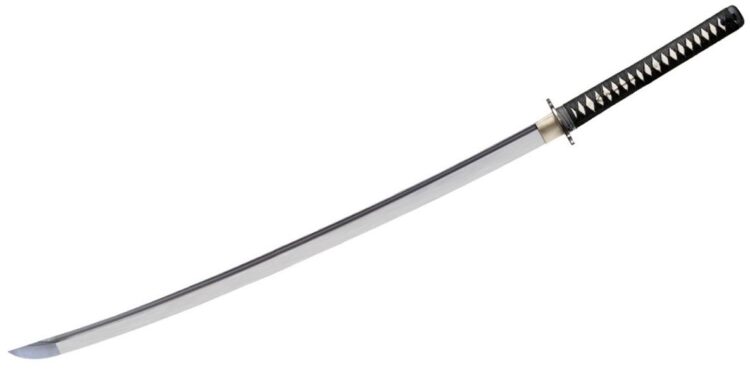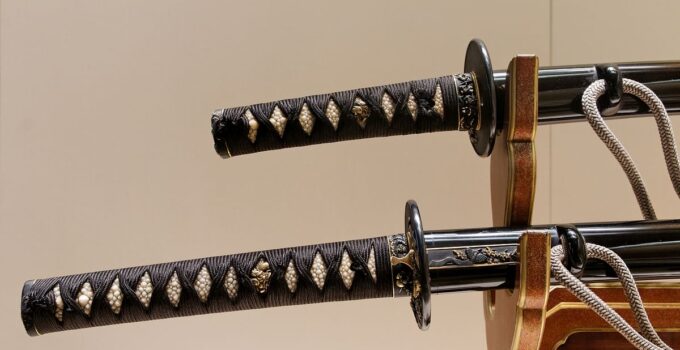Are you interested in the world of traditional swords? Do you, like many other people, have grown a deep interest in swords and how they came about hundreds of years ago? Or are you someone who simply wants to know the tradition and background of samurai swords?
Whatever your case may be, in this article, we will be talking all about swords, particularly Samurai, and how they gained popularity. So if that is something you are interested in, continue reading.
Page Contents
Understanding the background of samurai
To get started, let us talk about how samurai swords came about. Many people out there do not know this, but the first-ever use of the term katana to describe a strong sword occurred as early as the Kamakura period, which was around the period between 1185 to 1333.
At first, Japanese swords were quite simple variations of Chinese swords that were typically straight and not as sharp as one would expect. As time went by, katanas began to be used by strong and knowledgeable samurai. The samurai were the main military sources of old japan. This period was between 1185-1600up through 1603 to 1868.

Source: kintaro-publishing.com
Now up to this time, swords were considered to be typical, but the increased popularity and recognition of the katana among samurai began to take root because of its changing and unique nature of it in terms of warfare.
The immensely strong draw of the katana sword made it extremely suitable for multiple purposes, such as combat and areas where fast response is needed due to opponents’ lethal actions and movement.
Many people do not know this, but the katana was mainly worn through with the help of a belt sash with one of the sharpened edges facing up. This made the person carrying the sword look powerful and ready to fight. This way of carrying the sword made it easy to draw out the sword with a single hand and harm the enemy with a flick of a wrist.
Process of making it
A huge proportion of individuals do not know that there are specific procedures that must be followed for the forging of every sword; however, the method for creating a katana varies based on the type of the sword trying to be imitated and the sword-smiths personal preferences and knowledge.
The first step in making a katana sword involves preparing raw materials such as metals and charcoal, as well as other sorts of tools to heat it with. The process of swords involves Creating usable blocks out of raw steel and then combining harsh steel for the outside layer and less malleable steel for the center. An important process commonly known as Hizukuri is the process of giving a blade its final form.
After the samurai blade has taken its shape, the sword-smith moves on to the next process, which is polishing. This stage is known as Arashiagewhere the rough blade undergoes pressure and heat so that it flattens and becomes straight. This also causes the katana sword to become extremely sharp and strong.
Two types of samurai swords

Source: armablade.com
Many people confuse samurai swords with katana, but what they fail to realize is that samurai swords have two types, katana and wazikashi. With that out of the way, let us talk about the two categories of samurai swords that have become so popular, even to this day.
You may be surprised to know this but a wakizashiblade cannot be longer than 60 cm, and a katana blade must be at least 60 cm long for it to be called a katana or wakizashi blade. The Japanese sword’s single-edged, slightly curved blade makes it perfect for chopping, and carrying it with the edge facing upwards makes it easier to pull and chop in one motion without any trouble or exerting too much force.
The sword might be carried in a more antiquated manner by wearing the edge downward. When the samurai were based in battle on horseback, this was more feasible. Tachi, or swords with this intended mounting, are characterized by their blades having a minimum length of 60 cm. Swords were particularly held in this manner throughout the Edo era, but only at rituals and when wearing armor.
Blade of katana sword

Source: knifecenter.com
You may remember that earlier in the article; we talked about the overall process of making a katana sword. Now let us talk about the most important part of the katana sword, which is blading.
The creation of the blade, the most crucial component, was a sacred rite. To focus on his profession, the blacksmith lived in solitude and ate little, and the forge was cleansed of bad spirits.
A harder surface and a tougher core made up the blade. 13–20 folds and forgings were used to join the hard surface steel. There were a few fewer folds on the core. Then, the surface steel was wrapped over the core and forged with it. Folding was required to remove phosphorus and sulfur from the steel.
The hardest phase was hardening. It included coating the blade with a paste that had to dry. Next, water was used to warm and chill the blade. Due to the thinner application of the paste there, the real edge cooled the fastest. In the shape of a tempering pattern, which is still discernible on many Japanese swords, this left a trace.
The takeaway
So there you go, folks! Now you have a deep understanding of the origin of Samurai swords and what they were originally called.





